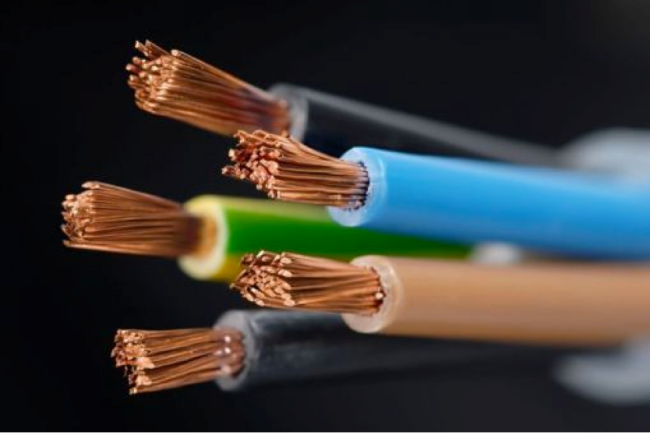Like a lot of people, I’ve experienced home projects involving a lot of wiring. Well, okay, my husband was the one adamant about getting copper wire for the project, telling me all about how it’s the most conductive material for the job. We found that for some appliances and lights we needed to use copper throughout the home to keep them safer from fire and short circuits. It’s actually really easy to do. You don’t need to be an expert on home improvement to install copper wire pretty much anywhere you need it. You might need different kinds depending on the job, like plated or solid bare copper wire. Copper is pretty much the best material to use for electrical wire installation because of its ability to avoid water corrosion along with its conductivity. Here are some basic steps to help you out when organizing your installation.
Step 1: Start with Grounding
Putting copper wire in the ground right outside of your house is really where you should begin. These prevent spare charges from going to your electrical box, and connect all fo the wiring to the different rooms in the home through the main electrical box. The ground wire will be like stakes that are placed in the soil in your backyard. They should be short so that the wire connected to the top has a more direct connection into the house. Each end of ground copper wire should connect to a different room.
Step 2: Connect Wire to the Main Electrical Box
You’ll find the electrical box where the meter is read. In my neighborhood, a stranger typically walks in our backyard awkwardly to check ours, clipboard in-hand. Make sure the power is off, which is absolutely the most important action to take here, and connect copper wire to the fuses on each switch. Run the wire through the house up into the ceilings, and if you’ve got a house with two or more floors, you’ll want to slip it through the upstairs flooring as well. To help you do this, just follow the wiring already in the walls. Eventually, you’ll reach the lights and other appliances, along with the electrical outlets. This part should be pretty straight forward once you get going. My husband only had a little trouble tracing the wire when there were a lot of different outlets and appliances in one room.
Step 3: Make the Final Connections
Once you have all of your copper wire, whether it’s stranded or solid bare copper wire, you can connect it to your outlets. Remove the switches and outlets with a screwdriver and rewire them, removing all of the wiring already attached to them and attaching the copper in its place. Do the same thing with all of your ceiling lights, removing them and rewiring. Once this is done you can turn the electricity on, check to see if the lights are working properly, and if you have more to work on, turn the power off and go for it. The electrical current should be linked to the ground wire through the house.
Now depending on where you live, these steps can change. Make sure you find a good patch of soil for ground wire, and you may want to purchase a lot of copper so you don’t worry about running out. One of the most frustrating moments my husband experienced was when he found that he didn’t have enough wire to connect the ground wire toward the side of the house to the fuse box. Then we found that there are plenty of places where you can find it in bulk. We didn’t need much more then, but for future projects, like if we install new light fixtures, it can definitely be helpful to have a plentiful amount of wire.
There are a lot of different kinds, too. You can get solid bare copper wire if you want a strong stable wire, or you can get it stranded if you’re looking for more flexibility. It makes perfect sense that this stuff has been used since the telegraph in the 1820s. I had no idea so many appliances (and even modern computers) use it. The best part is that it’s not going to take a huge wad of cash to buy a lot of it, so if you’ve got a lot of wiring to do, keep in mind it won’t cost you half the house itself.
Resources for Copper Wire
If you want to know more about the different kinds of copper wire and the uses for them, here are a few places to look.
Install Copper Wire for Your Home: Costs and Estimates
You can learn more about the specific costs and reasons for using copper in installation projects.
Find plenty of different kinds of wire in bulk, like braided, stranded and solid bare copper wire, for all types of applications.
How to Remove Corrosion from Copper Wiring
Should your copper wiring somehow wind up corroding, which is rare, this guide tells you how to get it off.

